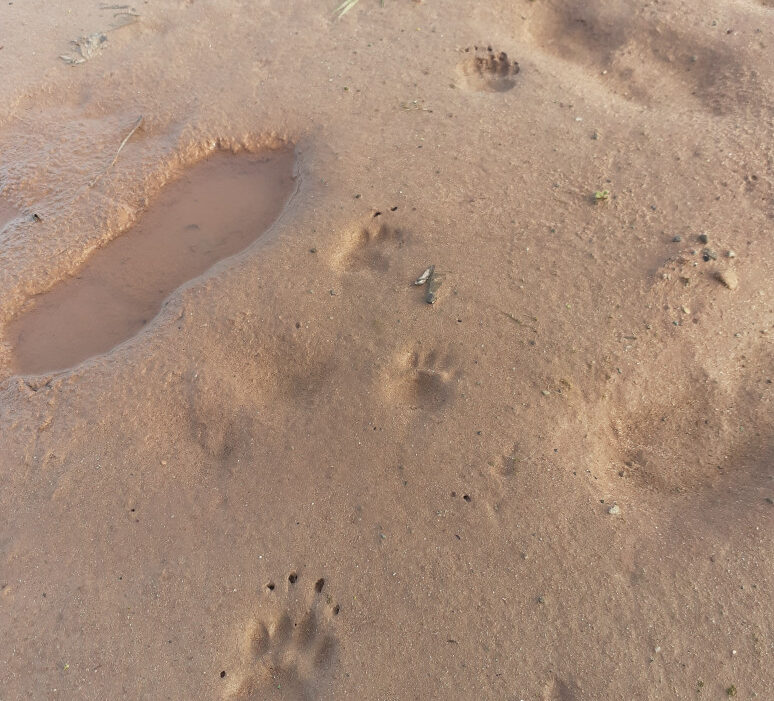At E3P we care about the environment, and it’s vital that everything we do we follow the correct processes. Most people recognise badgers for their distinct look, but did you know that badgers are protected species in the UK? Protected species have certain restrictions, planners and developers are required to undertake a badger survey before work is carried out.
In this blog, you’ll find out a lot more about badgers and we’ll cover exactly what a badger survey is and the evidence to look out for and ensure you’re fully aware of the rules and regulations when it comes to developing near badger setts and their habitats.
When do I need a badger survey?
A badger survey is an assessment that is conducted to help identify if badgers and their setts are present where construction or development work is planned. An assessment is usually undertaken alongside a Preliminary Ecological Appraisal, although can be undertaken independently.
The aim of the survey is to explore the possibilities of badger activity and any potential badger setts. This would inform the disruption and impact that the development may have on their habitats or setts. Once the survey has been conducted, it will enable developers to plan and make necessary arrangements to ensure badgers are protected throughout the construction process.
What is evidence of badger activity?
Surveyors will look for the following indicators when working through the badger survey:
Latrines- Areas where badgers are present will have distinctive feces that contain undigested food such as fruit or seeds.
Setts – Badgers are very clever. Surveyors are looking for a network of tunnels that badgers will use for breeding their young, or for shelter. Presence of these tunnels can look like holes in the ground with soil heaps outside.
Hair – Surveyors will be looking out for hair that badgers have left as they weave through their habitat. This often is only visible upon close examination.
Prints: Badgers have huge front paws that are made up of 5 toes. Surveyors will scour the area for these distinctive footprints.

Are badgers protected in the UK?
Under the Protection of Badgers Act 1992, it is illegal to harm, kill or disturb badgers or their habitats. The law also states that you are unable to interfere with their setts, where they breed or shelter.The transportation, possession or sale of badgers or their parts is illegal.Failure to comply with the law can carry a hefty fine or even resulting in a six month prison sentence.
How close can you dig to a badger sett?
If you’re a developer or planning to do any construction work it’s important to understand the rules so you don’t fall foul of the law.
The rules can be pretty grey, and do depend on the individual circumstances. Generally the buffer zone would normally be around 30 meters away from the sett to ensure disruption and disturbance is kept to a minimum. Although this depends on the type of badger sett and it can be up to 50 meters.
It’s important to note that depending on the nature of the development, the size and location of the sett and the additional factors that could affect the badgers. Dispution should be avoided, but sometimes it’s not possible to construct development work without disrupting a badger sett, so a correct license sets out the conditions that must be met to protect badgers. This licence must be obtained from Natural England. Natural England is a statutory body that is accountable for the protection and overseeing of all badgers in England.
If you’re looking for a badger survey, or just need some advice get in touch with the E3P team today.

